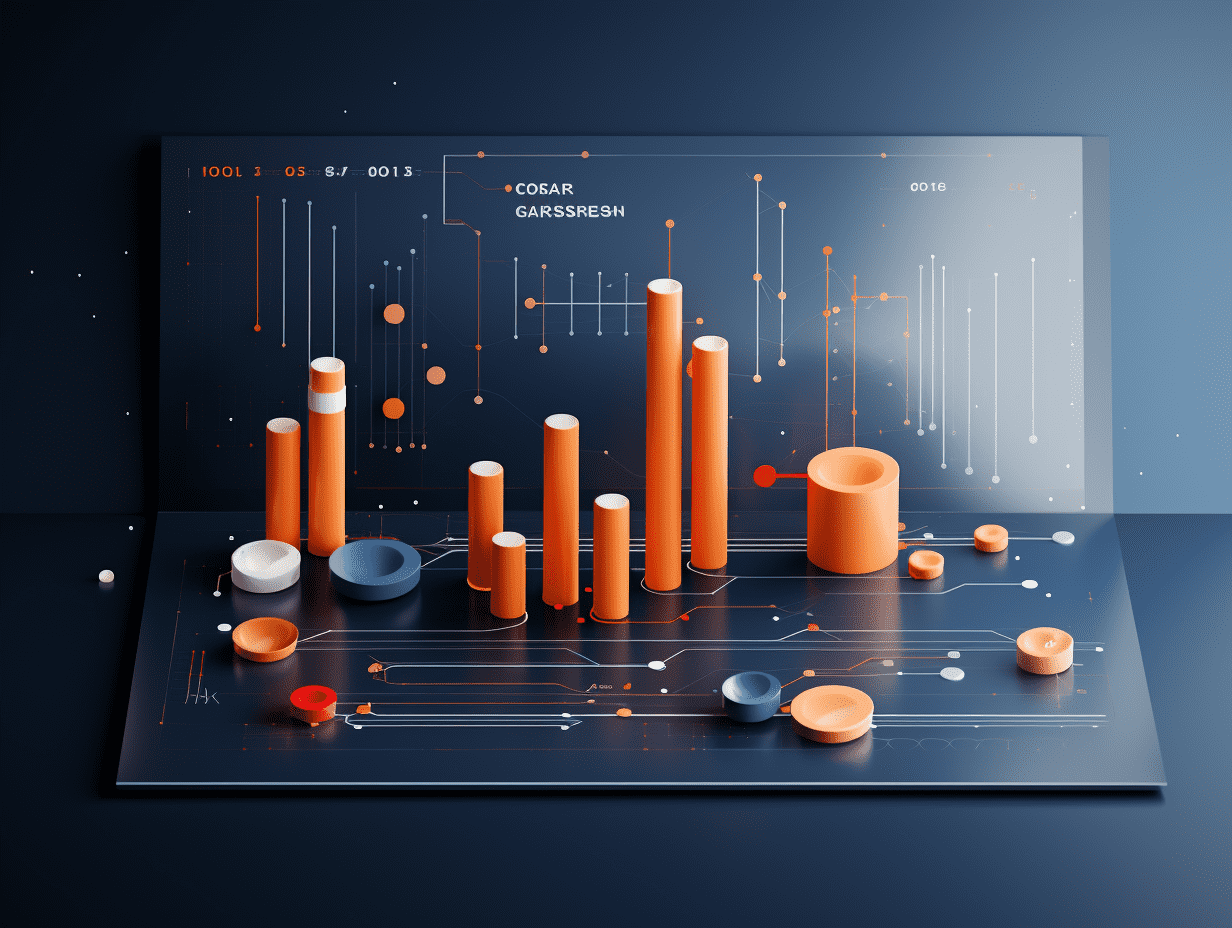
Guotai Junan: "AI+" can be compared to "Internet+" and is expected to stimulate various industries to launch a new round of capital expenditure.
Guotai Junan released a research report stating that, analogous to "Internet +", artificial intelligence possesses top-level policy support and industrial spillover effects. It can promote optimization and upgrading of industries in various fields, as well as overall productivity improvement, which aligns well with the goal of increasing all-factor productivity known as "new quality productivity." Structurally, the focus is on companies that currently have both the willingness and capacity for capital expenditure: 1) production cycle operation: selecting industries with high capacity utilization but low Capex growth rates; 2) level of cash-like assets; 3) degree of financing activity: industries with historically low financing activity currently have more room for rebound in loose cycles. Internet giants and some leading technology companies that meet these conditions have begun to become the new capital expenditure entities in the AI field, narrowing the gap between the domestic AI industry and overseas markets.
We are at the starting point of a new round of AI capital expenditure cycle in China to meet the technological "transformation bull". The innovation breakthrough of China's AI industry lies not only in closing the gap between the Chinese and American AI industries, but more importantly in the convergence of business opportunities, social capital, and consensus of the people, which is the cornerstone of the reassessment of Chinese technology companies and the establishment of the main line of the 2025 technology "transformation bull". On the other hand, the positive changes in the global liquidity environment are also helping to kickstart a new round of technology cycle in China. In the past two years, amid global real interest rate tightening and uncertainties in domestic and international demand, China has not only experienced a Capex downturn for more than two years, but also seen the valuation of Chinese technology stocks suppressed by the big country's technological game and anxiety over "overcapacity". In 2025, the adventurism of Chinese technology companies is being reactivated. In the new round of global real interest rate downturn, Chinese companies will launch a new round of capital expenditure focused on AI, and shrink more in the previous tight cycle, with Internet/Software/Consumer Electronics/Machinery and other leading private enterprises leading this round of expenditure.
The real interest rate cycle is highly correlated with capital expenditure, and in each loose cycle, China has witnessed the resonance of multiple industrial trends. The emphasis is on the wave of capital expenditure by technology growth private companies during the real interest rate downturn. The tightening of global real interest rates has suppressed the capital expenditure of listed companies in recent years, but the hedging impetus of domestic industrial policies under deglobalization has led to a distortion in the structure of new capacity investment in recent years. Structurally: non-listed companies
>listed companies, state-owned enterprises
>private enterprises, technology manufacturing
>TMT/Pharmaceuticals, therefore, while the domestic manufacturing industry experiences overcapacity, the enthusiasm and venturism of the venture capital market and its broader market subjects have weakened. Historically, each real interest rate downturn cycle has been accompanied by a new round of industrial trends and capital expenditure cycles: 09-11 was smartphones and infrastructure, 15-17 was Internet+, and 20-21 was carbon neutrality and self-controllable. Looking at the correlation between Capex growth rates and real interest rates across different types and industries, in a loose cycle, the elasticity of capital expenditure is seen to be higher for private enterprises
>local state-owned enterprises
>central enterprises, and at the industry level, for technology growth
>downstream consumption
>upstream cycles.
"Artificial Intelligence+" can be analogous to "Internet+", and is expected to drive a new round of capital expenditure across various industries, focusing on technology private companies with both the willingness and capacity for capital expenditure. Similar to "Internet+", artificial intelligence has top-level policy support and industrial spillover effects. Introduced in the government work report in March 2015, "Internet+" was followed by "Artificial Intelligence+" in March 2024, with the Central Economic Work Conference indicating that 2025 will see the launch of special industrial action. In addition, the artificial intelligence industry also has outstanding technological spillover effects, and can promote optimization and upgrading of industries across various sectors, in line with the goal of increasing all-factor productivity known as "new quality productivity."
Industry recommendations: AI application innovation/AI terminal equipment/AI domestic hardware. The reduction in model costs will accelerate the development of domestic AI applications and drive demand for more hardware, and the entire industry chain is expected to spiral upwards. Technology industries that have experienced significant capital expenditure contraction in the tight cycle will be the vanguard of this round of capital expenditure, in combination with institutional crowding.
Risk warning: Slower than expected progress in the domestic AI industry; Uncertainty in the decrease of real interest rates.
Guotai Junan: The bottoming out of the photovoltaic industry reveals opportunities for stabilization of sectors. Focus on optimizing supply-demand dynamics and advancements in new technologies.
Vanke has received support from its major shareholders through market-oriented and legal means, borrowing 28 billion to help it refinance its debt.
RECOMMEND
©️2013 - 2025 GMT EIGHT Holdings. All Rights Reserved.
Contact: contact@gmteight.com


